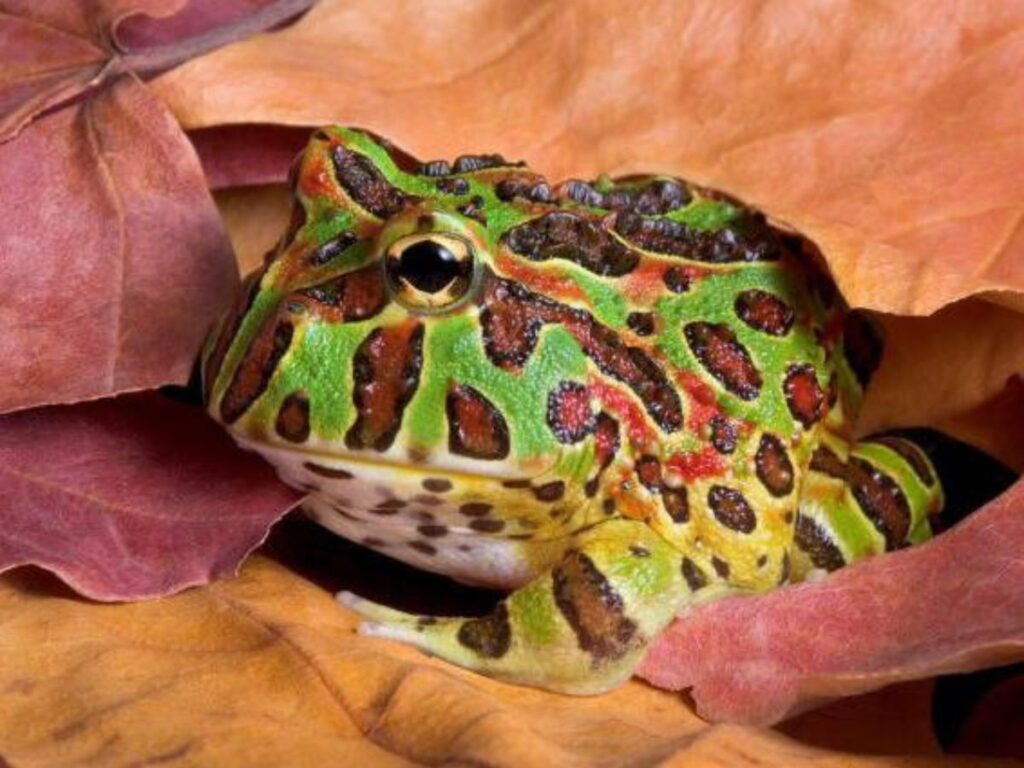🐸 How Often Should You Mist a Frog Enclosure?
Perfecting Humidity for a Healthy Pacman Frog Habitat
How Often Should You Mist a Frog Enclosure? - At a Glance
Mist your Pacman frog enclosure once to twice daily, depending on your home’s climate, tank airflow, and humidity levels. Use a hygrometer to maintain 70–80% humidity. Avoid overwatering and stagnant conditions by using proper substrate and ensuring ventilation.
Maintaining proper humidity is one of the most important aspects of caring for a Pacman frog. These amphibians rely on ambient moisture to breathe, hydrate, and shed properly. Mist too little, and you risk dehydration. Mist too much, and you invite mold and bacteria.
In this guide, you’ll learn:
How often to mist your Pacman frog’s enclosure
Factors that affect misting frequency
Tools and techniques for effective misting
Common misting mistakes to avoid
How to tell if humidity levels are right
Why Misting Is Essential for Pacman Frogs
Pacman frogs come from humid regions in South America, such as rainforests and grasslands, where the moisture levels are naturally high. In captivity, misting helps to:
Maintain ideal humidity (70–80%)
Support skin health and shedding
Prevent dehydration
Create a stable microclimate in the enclosure
👉 Pacman Frog Temperature and Humidity Requirements
👉 How to Tell If a Pacman Frog Is Dehydrated
How Often Should You Mist?
General Guidelines
| Time of Day | Frequency | Notes |
|---|---|---|
| Morning | Once daily | Start the day with a gentle mist |
| Evening | Optional 2nd mist | Ideal in dry climates or winter months |
Tip: Always check your hygrometer before misting again. If humidity is already optimal, skip the extra spray.
Factors That Affect Misting Frequency
Your enclosure’s setup and environment will determine how often you should mist:
| Factor | How It Impacts Misting |
|---|---|
| Substrate type | Coco fiber and moss hold moisture longer than dry soil |
| Ventilation | Screen lids dry out enclosures faster |
| Room humidity | Dry climates require more frequent misting |
| Heat sources | Overhead heat lamps speed up evaporation |
| Tank size | Smaller tanks fluctuate humidity faster than larger ones |

How to Mist Correctly
Step-by-Step Misting Tips:
Use dechlorinated or spring water only
Mist lightly but evenly—don’t soak the enclosure
Focus on substrate and walls, not the frog directly
Mist until droplets are visible on surfaces
Use a fine spray bottle or reptile mister
Never aim directly at your frog—they absorb moisture through the skin but dislike direct spraying.
Use a Hygrometer to Monitor Humidity
You can’t guess humidity accurately without the right tool.
Use a digital hygrometer for best results
Place it halfway up the enclosure wall—not at the top or bottom
Aim to maintain 70–80% humidity year-round
Adjust misting or airflow as needed

Misting Mistakes to Avoid
| Mistake | Consequence |
|---|---|
| Using tap water with chlorine | Skin irritation and chemical exposure |
| Over-misting | Mold growth, stagnant air, bacterial infections |
| Under-misting | Dehydration, poor shedding, respiratory issues |
| Spraying directly on the frog | Stress or physical harm |
| Not adjusting for seasonality | Winter dryness or summer dampness can throw off balance |
Final Thoughts
Misting your Pacman frog enclosure isn’t just about spraying water—it’s about maintaining a stable, safe, and natural environment that supports your frog’s health. With the right tools and routine, keeping humidity balanced becomes second nature.
🙋 FAQ: Misting Your Pacman Frog Enclosure
Q: Can I use a fogger or misting system instead of hand misting?
A: Yes—automatic systems work well for busy owners but should be adjusted carefully to avoid over-humidifying.
Q: What if I see mold in the tank?
A: Reduce misting, increase airflow, and clean the affected areas. Replace substrate if needed.
Q: My frog burrows all day—should I still mist regularly?
A: Yes. Even buried frogs rely on environmental humidity and moist substrate.
